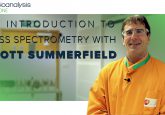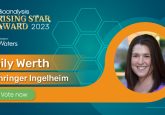An oligonucleotide bioanalytical LC–SRM methodology entirely liberated from ion-pairing

Historically, the bioanalysis of therapeutic oligonucleotide candidates by liquid chromatography (LC) interfaced with mass spectrometry (MS) has been strongly associated with the use of ion-pairing reagents. These reagents have been traditionally present not only in the LC–MS analytical end point, but also in the preceding sample preparation, as is clear in reviews of oligonucleotide bioanalytical methods [1,2]. These reviews also demonstrate typical lower limits of quantification typically in the order of 5–100 ng/ml, and functional recoveries ranging from approximately 20 to 80% in plasma assays, frequently much lower than 50%. Ion-pairing comes with associated undesirable phenomena such as frequent signal loss and poor...






